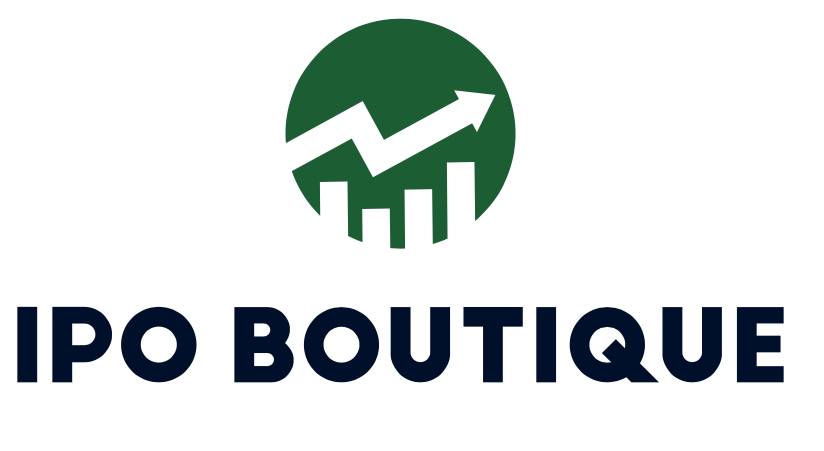The OFFICIAL S-1 Filing from Uber Technologies (UBER) is out! And we have the five interesting nuggets from the prospectus.
Company: Uber Technologies, Inc.
Symbol: UBER
Description: Their mission is to ignite opportunity by setting the world in motion. They revolutionized personal mobility with Ridesharing, and they are leveraging their platform to redefine the massive meal delivery and logistics industries.
Shares: TBD
Price Range: TBD
Trade Date: TBD
Underwriter(s): Morgan Stanley, Goldman Sachs, BofA Merrill Lynch, Barclays, Citigroup, Allen & Co.
Co-Manager(s): RBC Capital, SunTrust Robinson Humphrey, Deutsche Bank, HSBC, SMBC, Mizuho Securities, Needham, Loop Capital Markets, Siebert Cisneros Shank & Co., Academy Securities, BTIG, Canaccord Genuity, CastleOak Securities, Cowen, Evercore ISI, JMP Securities, Macquarie Capital, Mischler Financial, Oppenheimer & Co., Raymond James, William Blair, The Williams Capital Group, TPG Capital BD
Filed: 4-11-19
Listed Cash Raise: $1bn
Uber Technologies describes its mission in its S-1 as one to ignite opportunity by setting the world in motion. It is evident that their goal will be to convey the message to investors that they are much more than just a ride-sharing company. They plan to leverage their platform to redefine the massive meal delivery and logistics industries.
Here are five things from the prospectus that we found noteworthy:
- Revenues – Why invest in Uber? Investors that look to capture “growth” start with the financials and the growing revenue. Uber Technologies generated $11.3bn in 2018.. up from $7.9bn in 2017 and $3.8bn in 2016. From 2016 to 2017 …the growth rate of 107% looks excellent. The law of large numbers catches up in 2018 as Uber Technologies was only able to grow revenues 42%. However, if investors are to value Uber as “more than a TAAS” (transportation as a service) company, then growing outside businesses will be critical. Uber Eats, for example, posted revenue of $1.5bn in 2018…up nearly 200% from $587m in 2017.
- Net Loss – How much loss is too much loss? That is a question investors will be trying to decide before putting money to work with this upcoming IPO.The company’s cost in 2018 was $14.3bn on $11.bn revenue leaving them in the red by $3.0bn. In 2017, the company’s net loss was $4.1bn on $7.9bn in revenue. In terms of losses shrinking as a share of revenue…the numbers indicate they are heading in the right direction. But large numbers can make many cringe as Uber has combined to lose $10.1bn in the last three years.
- Shrinking Metric – Uber Technologies as a ride sharing service has experienced impressive growth. In March 2016 (5-years after launch), the company completed its 1 billionth trip. In September 2018…they completed their 10th billion trip which was five-billion more than 12-months earlier! However, Uber’s quarter-over-quarter customer growth and gross booking in that ride-sharing business (specific) were in the single digits through a large portion of 2018 with revenues plateauing.
- Principal Shareholders – Who is getting rich? According to the S-1, SB Cayman (Softbank) owns 222.2mm shares. Benchmark Capital holds 150mm shares. Benchmark led the $11 million Series A investment round and participated in many others in between. Former CEO and founder, Travis Kalanick has 117.5mm shares in his possession. Uber’s other Co-Founder, Garrett Camp, has 81.5mm shares of ownership. Alphabet (Google) has a 5.2% stake in the company or 71.1mm shares.
- May “NEVER” be Profitable?? — As afficionados of prospectus filings, we see all kinds of wording. Biotech offerings have great verbiage that tries to absolve them of any wrongdoing if a drug happens to failsa trial. But with Uber….attention is being garnered inside the S-1 based on the size of current losses and forward-looking statements that insinuate larger losses “may” be ahead. The prospectus states: “We expect our operating expenses to increase significantly in the foreseeable future, and we may not achieve profitability.” We do not neccsarily view this as “crazy talk” as this is “boiler-plate material” for a prospectus. Typically, all risks under the sun are pretty much laid out in this type of filing. Uber states that anything from insurance risks of its drivers, to the potential for autonomous vehicles to be a disaster…to even the risk of “culture” at Uber Technologies affecting the business — these are all “legitimate risks” laid out by the lawyers to get ahead of potential lawsuits that may come in the future.

